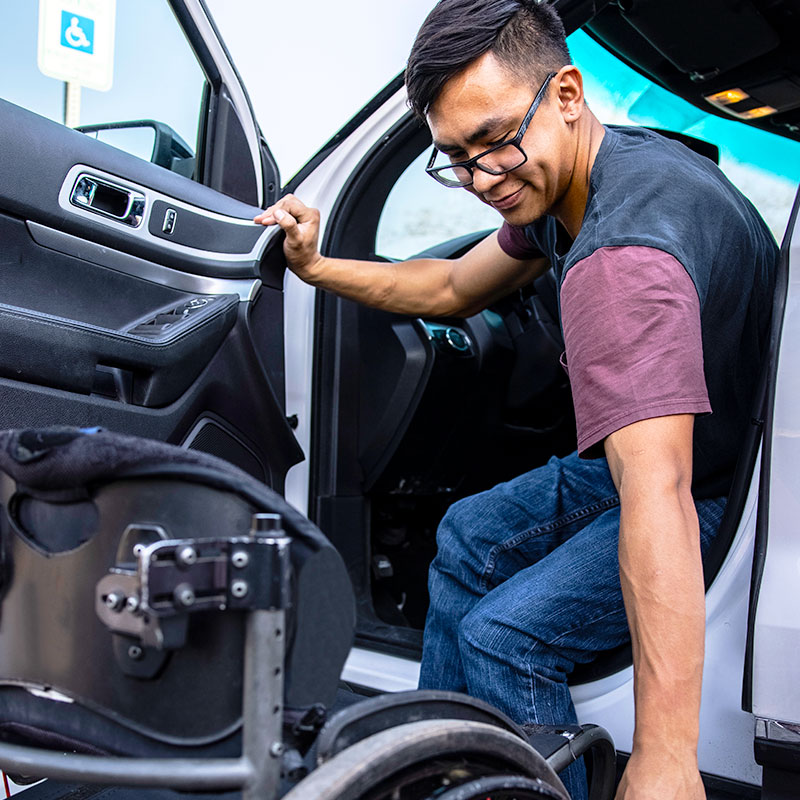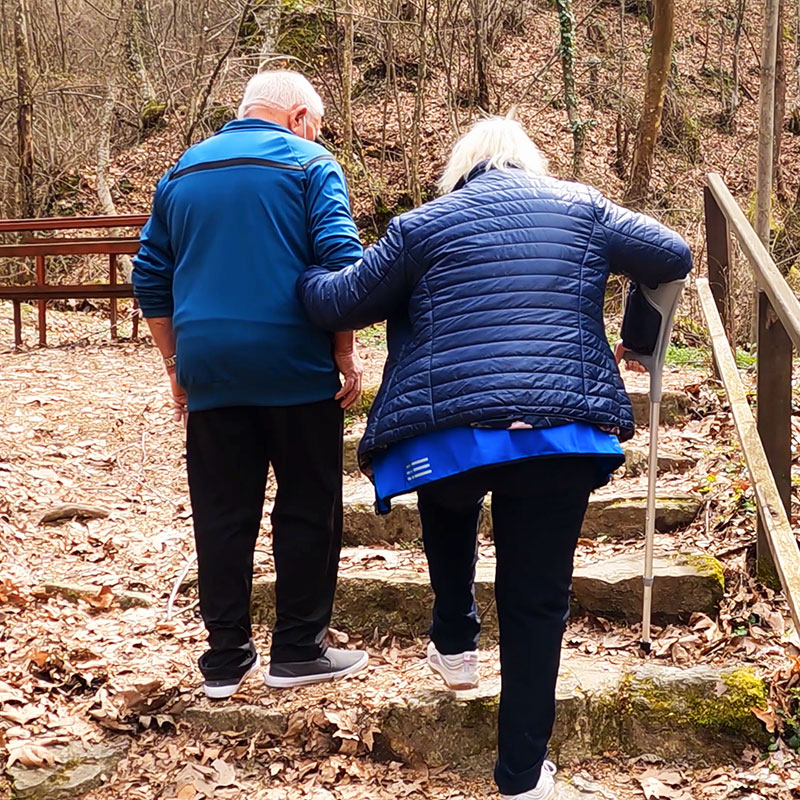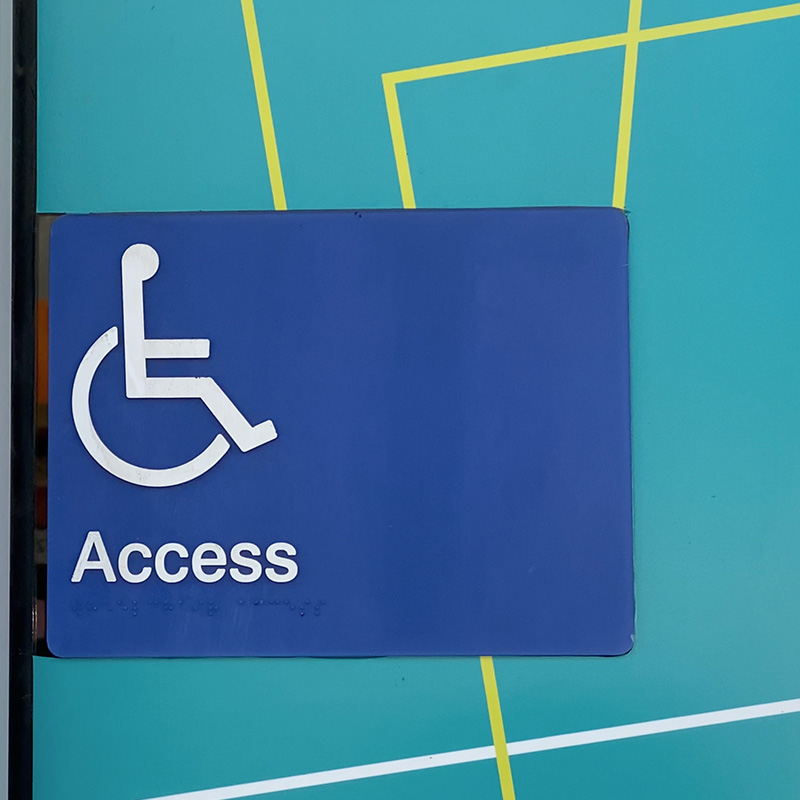The UNWTO call it a ‘exceptional business opportunity’, the EU say it will ‘boost competitiveness’ and Tourism Australia feature it heavily in their ‘Future of Demand’ report. Over in the UK, they’re on a mission to become ‘the most accessible destination in Europe by 2025’‘.
Accessible Tourism is broadly the notion of Tourism For All or Tourism Without Barriers. The principle is that tourism services and products should be open to everyone. In terms of access – yes that means ramps, toilets and parking. But it also means providing accessible information so people can make informed decisions. Inclusive tourism means enabling a holistic, universal customer experience, a philosophy of operating that welcomes everyone.




In everyday terms, it’s about improving the visitor experience both online and in-person - recognising and respecting difference, removing barriers and enhancing independence and dignity.
For operators big and small, this may mean –
To find out more, you can see a video from our presentation on Marketing Accessibility.
We’ve got some great reading in our resources section.
“Smart brands will adapt to the changing demands of aging customers, the wealthiest demographic in human history.”
Most disabilities are invisible.
And most mobility problems don’t involve wheelchairs.
Barriers that stop visitors enjoying themselves are varied.
They can be a result of frailty, low-vision, concentration, strength, hearing-loss, even mood.
Beach matting was originally rolled out for wheelchair users, now everyone uses it as a way to get onto the beach. Accessibility features usually come to benefit everyone.
People with disabilities (PwDs) account for more than 11% of revenue in the travel sector (Source: Tourism Research Australia ).
This is predicted to reach 25% in coming years. Twenty-five percent.
In many cases there isn’t an accessibility problem, there’s an access information problem.
By providing better information, a more inclusive customer experience and some access adjustments, destinations can make customers with disabilities feel welcomed and valued.
Also, when you do invest in physical spaces, every dollar spent returns $30 when investing in Universal Design (Source: City Of Melboune).
$AUD10BN per year.
That’s the value of this segment to the Australian economy.
People with access needs take more than 54,000 trips per year and stay longer than able-bodied travellers.
And they’re 50% more loyal than regular customers (Kantar Futures).
The market is significant in size and growing 22% year-on-year.
What’s accessible for one person may not be for another.
And there’s certainly no such thing as 100% accessible.
Destinations can begin by having an audit conducted and illustrating what they have in place – allowing visitors to decide for themselves if it’s ‘accessible’.